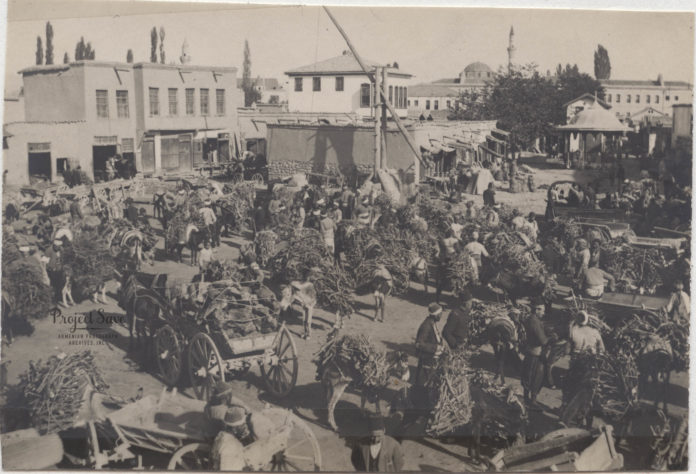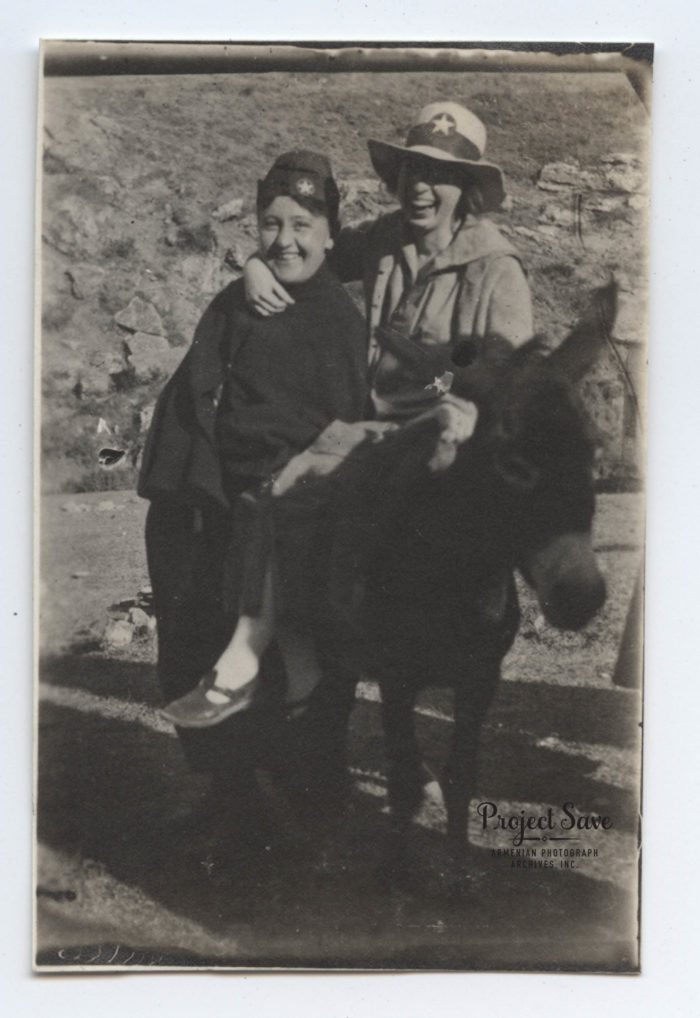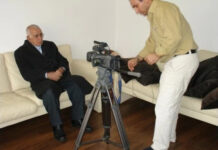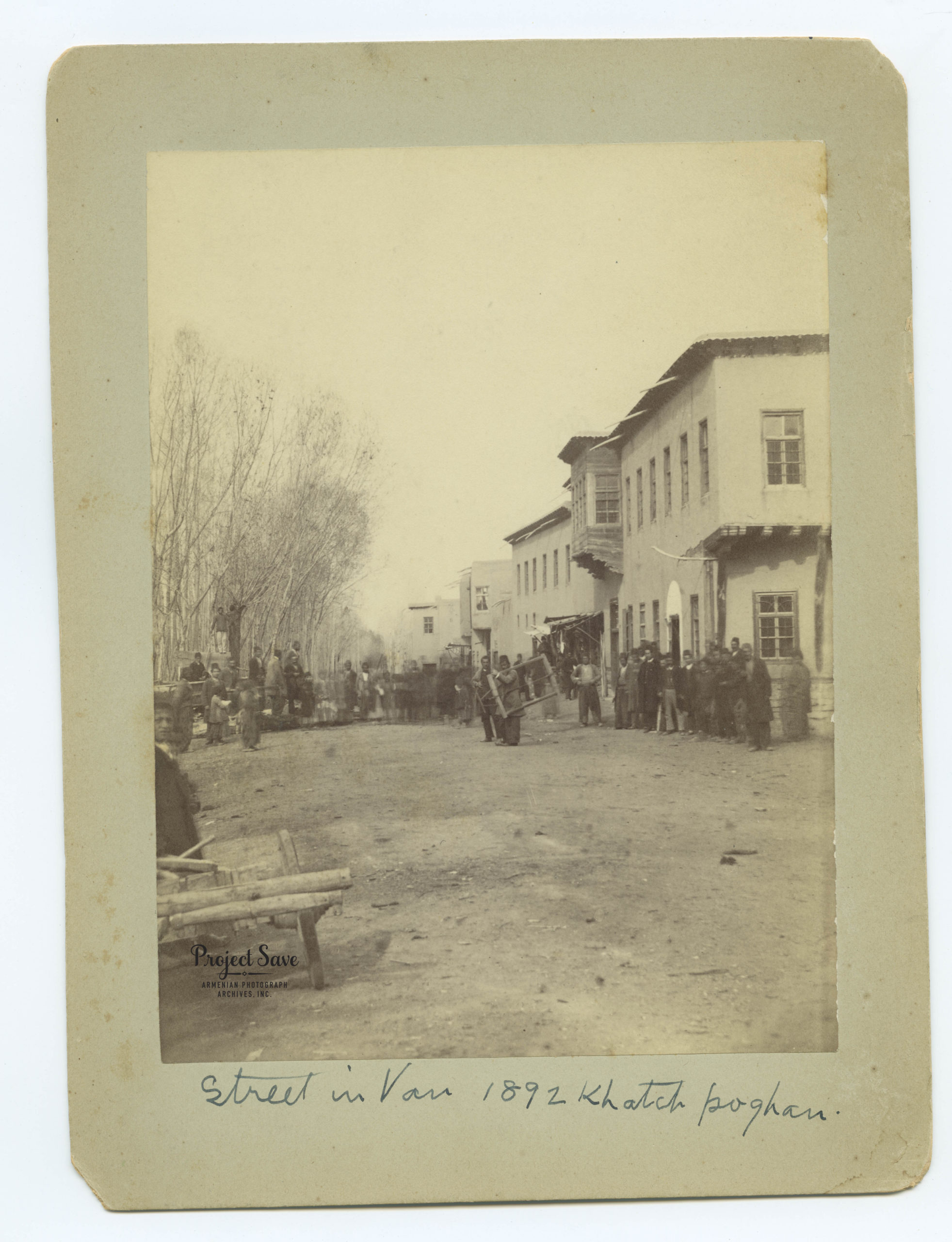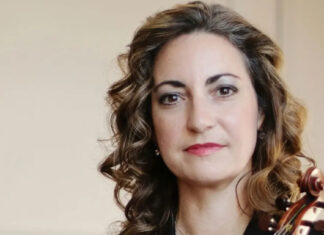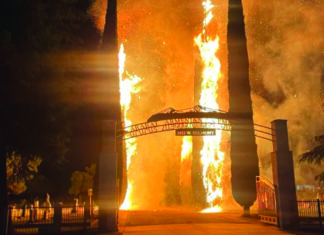WATERTOWN — Project SAVE is continuing its mission of preserving the past by tapping into the latest technology.
In a recent interview, Tsoleen Sarian, the executive director of the organization, said Project SAVE has just launched its online collections database, with a particular focus on the efforts of missionaries in the Ottoman Empire.
Sarian said that to accomplish the task, the group applied for and received grants from the state of Massachusetts for digitizing and making accessible the images from their archives, as well as donations from the Dadourian Foundation, the Bilezikian Family Foundation and the Souren Maroukian Charitable Trust.
The story of the missionaries is one that is intertwined with the Armenian Genocide. Many of the missionaries and their families, Sarian said, established schools and hospitals in the lands where the Armenians were being slaughtered.
“They were usually highly, highly educated, from Ivy League schools,” she added. “They often went and stayed through the Genocide. They were emissaries of news and built elite schools and hospitals.”
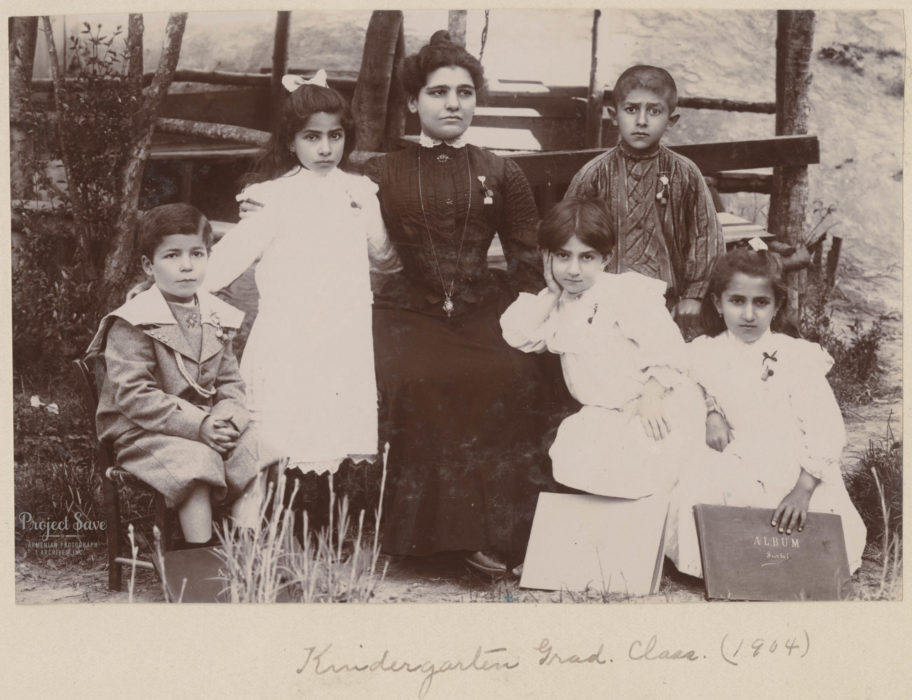
Courtesy of Arousiag Avedian Kashmanian and Marie Bedikian
“They sounded the alarm and served as witnesses” regarding the Genocide, she added. “They were truly formidable people who believed in the idea of service. It wasn’t easy to leave and to literally go to the other side of the world. We have images of their homes, offices, how they worked with the local community.”



